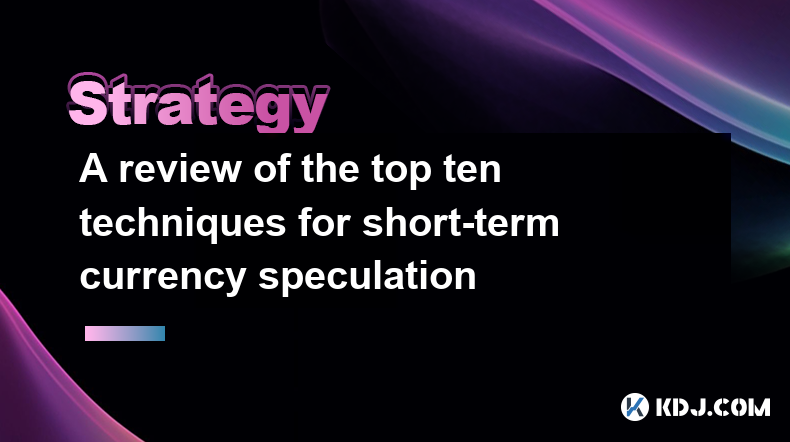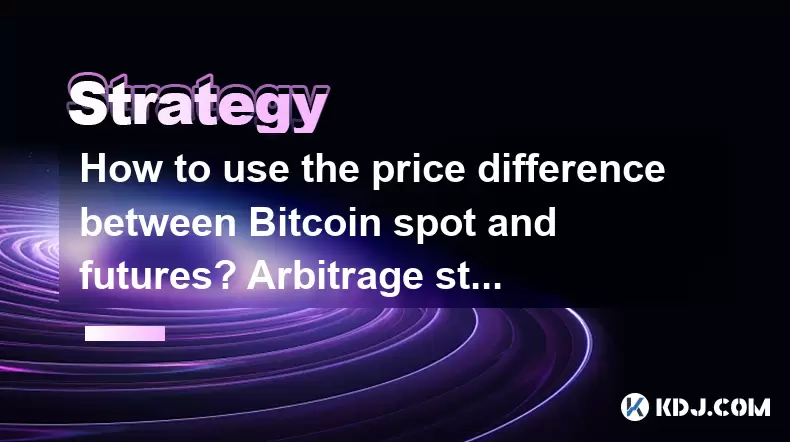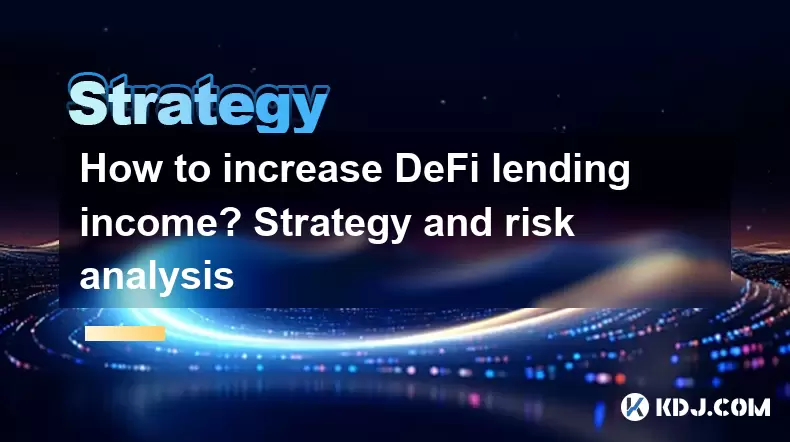-
 Bitcoin
Bitcoin $107,352.1067
0.28% -
 Ethereum
Ethereum $2,429.3531
-0.90% -
 Tether USDt
Tether USDt $1.0001
-0.02% -
 XRP
XRP $2.1894
4.62% -
 BNB
BNB $646.7968
0.36% -
 Solana
Solana $147.4290
4.03% -
 USDC
USDC $0.9998
-0.02% -
 TRON
TRON $0.2756
1.52% -
 Dogecoin
Dogecoin $0.1630
1.14% -
 Cardano
Cardano $0.5612
1.18% -
 Hyperliquid
Hyperliquid $37.0580
-0.05% -
 Bitcoin Cash
Bitcoin Cash $496.9410
-0.09% -
 Sui
Sui $2.7318
3.19% -
 Chainlink
Chainlink $13.1503
0.58% -
 UNUS SED LEO
UNUS SED LEO $9.0766
0.55% -
 Avalanche
Avalanche $17.7220
1.46% -
 Stellar
Stellar $0.2380
1.52% -
 Toncoin
Toncoin $2.8439
0.38% -
 Shiba Inu
Shiba Inu $0.0...01143
1.84% -
 Litecoin
Litecoin $85.8053
1.47% -
 Hedera
Hedera $0.1483
2.70% -
 Monero
Monero $314.3240
2.12% -
 Bitget Token
Bitget Token $4.6725
0.77% -
 Dai
Dai $1.0000
0.00% -
 Polkadot
Polkadot $3.3555
1.28% -
 Ethena USDe
Ethena USDe $1.0001
0.02% -
 Uniswap
Uniswap $7.0890
2.64% -
 Pi
Pi $0.5355
-3.40% -
 Pepe
Pepe $0.0...09393
1.06% -
 Aave
Aave $256.8136
-1.90%
A review of the top ten techniques for short-term currency speculation
Understanding technical analysis is crucial for successful short-term currency speculation, as it provides insights into market trends and potential trading opportunities.
Jan 09, 2025 at 04:21 pm

Key Points:
- Importance of technical analysis in short-term currency speculation
- 10 popular and effective short-term currency trading techniques
- Step-by-step guide to using each technique
- Advantages and limitations of each technique
- FAQs related to short-term currency speculation techniques
Top 10 Techniques for Short-Term Currency Speculation
Ichimoku Cloud:
- A comprehensive technical analysis method that combines multiple indicators to identify potential trading opportunities.
- Utilizes the Ichimoku Kinko Hyo chart to visualize price action, support and resistance levels, and trend momentum.
- Includes indicators such as the Tenkan-sen (conversion line), Kijun-sen (base line), Senkou Span A (leading span A), and Senkou Span B (leading span B).
Moving Average Convergence Divergence (MACD):
- A trend-following indicator that measures the relationship between two moving averages (EMA) to identify potential buy and sell signals.
- The MACD line is created by subtracting the 26-period EMA from the 12-period EMA.
- The MACD signal line is a 9-period EMA of the MACD line.
- Divergences between the MACD line and the price action can indicate potential trend reversals.
Relative Strength Index (RSI):
- A momentum oscillator that measures the magnitude of recent price fluctuations to identify overbought and oversold conditions.
- The RSI is calculated using a formula that compares the average gain of the closing prices in a specified period with the average loss.
- RSI values above 70 typically indicate overbought conditions, while values below 30 typically indicate oversold conditions.
Bollinger Bands:
- A volatility indicator that creates two Bollinger bands (upper and lower bands) around a moving average to identify potential trading ranges.
- The Bollinger bands are calculated by adding and subtracting a multiple of the standard deviation to a specific moving average.
- Breakouts above or below the Bollinger bands can indicate potential trend reversals or continuation.
Fibonacci Retracement:
- A technical analysis tool that identifies potential support and resistance levels during price retracements.
- Fibonacci retracement lines are drawn at key Fibonacci levels (23.6%, 38.2%, 50%, 61.8%, and 78.6%).
- Traders use these levels to anticipate potential price reversals or continuations.
Parabolic Stop and Reverse (SAR):
- A trailing stop-loss indicator that adjusts its position dynamically based on price action.
- The SAR is plotted above or below the price and provides potential exit points.
- It uses an acceleration factor to increase the trailing stop loss as the trend strengthens.
Candlestick Patterns:
- A form of technical analysis that uses the shape and patterns of candlesticks on a price chart to identify potential trading opportunities.
- Individual candlestick patterns, such as engulfing patterns, piercing patterns, and doji patterns, can provide insights into market sentiment and potential trend reversals.
Support and Resistance Levels:
- Horizontal price levels where the price has encountered consistent bullish or bearish pressure.
- Support levels identify potential buying opportunities, while resistance levels indicate potential selling opportunities.
- Identifying and respecting these levels can improve trade risk management.
Trendlines:
- Diagonal lines drawn on a price chart that connect multiple price swing highs or lows to identify potential trends.
- Trendlines can provide dynamic support or resistance levels and help traders anticipate potential price reversals or continuations.
Volume Analysis:
- A technical analysis technique that measures the volume of trades in a specific period to assess market sentiment and potential trend strength.
- High trading volume can indicate strong market conviction, while low trading volume can suggest indecision or trend weakness.
- Volume analysis can be combined with other indicators to enhance trading decisions.
FAQs Related to Short-Term Currency Speculation Techniques:
Q: Which technique is considered the most reliable?
A: No single technique is universally accepted as the most reliable. Different techniques may perform better or worse in different market conditions. A combination of multiple techniques is often recommended for a more comprehensive approach to short-term currency speculation.
Q: How do I determine the optimal timeframe for a specific technique?
A: The optimal timeframe for a technique depends on the specific indicator or pattern being used. For example, the Ichimoku Cloud is typically used on daily or weekly timeframes, while the RSI can be applied to intraday charts.
Q: Is it possible to automate these techniques?
A: Yes, many of these short-term currency speculation techniques can be automated using trading software or indicators. However, it is important to thoroughly understand the technique before implementing automation.
Q: What are the potential risks of using these techniques?
A: Short-term currency speculation techniques can involve significant risk. Factors such as market volatility, unexpected news events, and incorrect analysis can result in financial losses. Proper risk management strategies, such as stop-loss orders and position sizing, should be employed to minimize potential risks.
Q: How do I evaluate the effectiveness of a technique?
A: The effectiveness of a technique can be evaluated through backtesting and paper trading. Backtesting involves applying the technique to historical data to analyze its performance over time. Paper trading allows traders to practice a technique without risking real capital.
Disclaimer:info@kdj.com
The information provided is not trading advice. kdj.com does not assume any responsibility for any investments made based on the information provided in this article. Cryptocurrencies are highly volatile and it is highly recommended that you invest with caution after thorough research!
If you believe that the content used on this website infringes your copyright, please contact us immediately (info@kdj.com) and we will delete it promptly.
- Pi2Day Disappointment: Why the Pi Network Community Is Losing Faith
- 2025-06-28 18:30:12
- Silver Lining: Robert Kiyosaki's July 2025 Silver Prediction
- 2025-06-28 18:30:12
- Gotta Go Fast! Sonic Speeds into Magic: The Gathering Secret Lair
- 2025-06-28 18:50:12
- Bitcoin Price Swings: Navigating Volatility and Predicting the Future
- 2025-06-28 19:10:14
- Meme Coins in 2025: Will Shiba Inu Make a Comeback?
- 2025-06-28 19:30:12
- Pi Network's AI App Studio and Staking Utility: Revolution or Red Herring?
- 2025-06-28 19:30:12
Related knowledge

What are the skills of Bitcoin option hedging? Practical case sharing
Jun 24,2025 at 04:01pm
Understanding Bitcoin Option HedgingBitcoin option hedging is a risk management strategy used by traders and investors to protect their positions in the volatile cryptocurrency market. By using options, individuals can limit potential losses while retaining the opportunity for profit. In essence, it allows one to insulate against adverse price movements...

How to use the price difference between Bitcoin spot and futures? Arbitrage strategy
Jun 20,2025 at 02:56pm
Understanding Bitcoin Spot and Futures MarketsTo effectively leverage arbitrage opportunities between Bitcoin spot and futures markets, it's essential to understand the fundamental differences between these two types of markets. The spot market refers to the direct buying and selling of Bitcoin for immediate delivery at the current market price. In cont...

How to increase DeFi lending income? Strategy and risk analysis
Jun 24,2025 at 02:08pm
Understanding DeFi Lending and Its Income PotentialDeFi (Decentralized Finance) lending has emerged as a popular way to earn passive income in the cryptocurrency space. Unlike traditional banking systems, DeFi lending platforms allow users to lend their crypto assets directly to borrowers without intermediaries. The lenders earn interest based on the su...

How to operate cryptocurrency cross-market arbitrage? Practical analysis
Jun 23,2025 at 04:01am
Understanding Cryptocurrency Cross-Market ArbitrageCryptocurrency cross-market arbitrage involves taking advantage of price differences for the same digital asset across different exchanges. The core idea is to buy low on one exchange and sell high on another, capturing the profit from the discrepancy. This strategy relies heavily on real-time market da...

How to make profits from high-frequency cryptocurrency trading? Sharing core skills
Jun 19,2025 at 05:07pm
Understanding High-Frequency Cryptocurrency TradingHigh-frequency trading (HFT) in the cryptocurrency market involves executing a large number of trades at extremely fast speeds, often within milliseconds. This method relies on small price discrepancies across exchanges or within a single exchange’s order book. Traders use complex algorithms and ultra-l...

What are the methods of cryptocurrency quantitative trading? Detailed analysis
Jun 22,2025 at 11:07pm
Understanding the Core of Cryptocurrency Quantitative TradingCryptocurrency quantitative trading refers to the use of mathematical models and algorithms to execute trades in the digital asset market. Unlike traditional discretionary trading, which relies heavily on human judgment, quantitative trading leverages data-driven strategies to identify profita...

What are the skills of Bitcoin option hedging? Practical case sharing
Jun 24,2025 at 04:01pm
Understanding Bitcoin Option HedgingBitcoin option hedging is a risk management strategy used by traders and investors to protect their positions in the volatile cryptocurrency market. By using options, individuals can limit potential losses while retaining the opportunity for profit. In essence, it allows one to insulate against adverse price movements...

How to use the price difference between Bitcoin spot and futures? Arbitrage strategy
Jun 20,2025 at 02:56pm
Understanding Bitcoin Spot and Futures MarketsTo effectively leverage arbitrage opportunities between Bitcoin spot and futures markets, it's essential to understand the fundamental differences between these two types of markets. The spot market refers to the direct buying and selling of Bitcoin for immediate delivery at the current market price. In cont...

How to increase DeFi lending income? Strategy and risk analysis
Jun 24,2025 at 02:08pm
Understanding DeFi Lending and Its Income PotentialDeFi (Decentralized Finance) lending has emerged as a popular way to earn passive income in the cryptocurrency space. Unlike traditional banking systems, DeFi lending platforms allow users to lend their crypto assets directly to borrowers without intermediaries. The lenders earn interest based on the su...

How to operate cryptocurrency cross-market arbitrage? Practical analysis
Jun 23,2025 at 04:01am
Understanding Cryptocurrency Cross-Market ArbitrageCryptocurrency cross-market arbitrage involves taking advantage of price differences for the same digital asset across different exchanges. The core idea is to buy low on one exchange and sell high on another, capturing the profit from the discrepancy. This strategy relies heavily on real-time market da...

How to make profits from high-frequency cryptocurrency trading? Sharing core skills
Jun 19,2025 at 05:07pm
Understanding High-Frequency Cryptocurrency TradingHigh-frequency trading (HFT) in the cryptocurrency market involves executing a large number of trades at extremely fast speeds, often within milliseconds. This method relies on small price discrepancies across exchanges or within a single exchange’s order book. Traders use complex algorithms and ultra-l...

What are the methods of cryptocurrency quantitative trading? Detailed analysis
Jun 22,2025 at 11:07pm
Understanding the Core of Cryptocurrency Quantitative TradingCryptocurrency quantitative trading refers to the use of mathematical models and algorithms to execute trades in the digital asset market. Unlike traditional discretionary trading, which relies heavily on human judgment, quantitative trading leverages data-driven strategies to identify profita...
See all articles
























































































